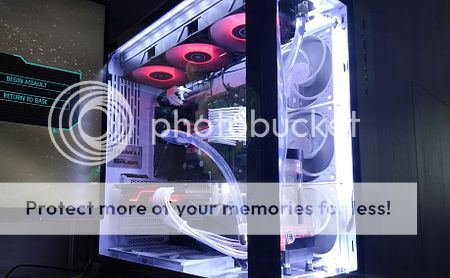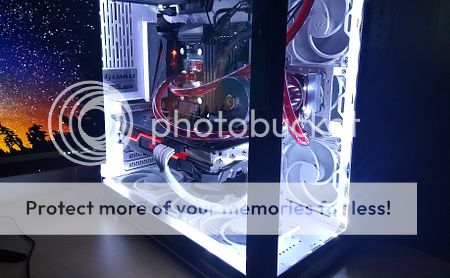Currently I have a slim 360 rad (for cpu) in the roof of my Lian Li 011 dynamic. Currently I have intake fans floor (x3) and side (x3) and exhaust fans (x3) roof.
I would like a gpu block and to put a thicker rad in the roof.
That would leave me with my slim 360 that I may as well put either in the base or side. I have seen this orientation in many systems.
my question is: that surely all the heat which the side or floor rad is taking out of the coolant will then go into the case as warm air and then reheat the top rad = basically all the heat the 2nd rad is taking out will be put back into the system = net effect is zero. ie. with a roof rad there is no point adding a floor or side rad.
[the only way for me to resolve this thought is for me to put the new thicker rad in the floor being fed with fresh cool air and the slim rad to be placed on the side with fresh cool air and to leave the roof empty as an exhaust].
I would like a gpu block and to put a thicker rad in the roof.
That would leave me with my slim 360 that I may as well put either in the base or side. I have seen this orientation in many systems.
my question is: that surely all the heat which the side or floor rad is taking out of the coolant will then go into the case as warm air and then reheat the top rad = basically all the heat the 2nd rad is taking out will be put back into the system = net effect is zero. ie. with a roof rad there is no point adding a floor or side rad.
[the only way for me to resolve this thought is for me to put the new thicker rad in the floor being fed with fresh cool air and the slim rad to be placed on the side with fresh cool air and to leave the roof empty as an exhaust].





